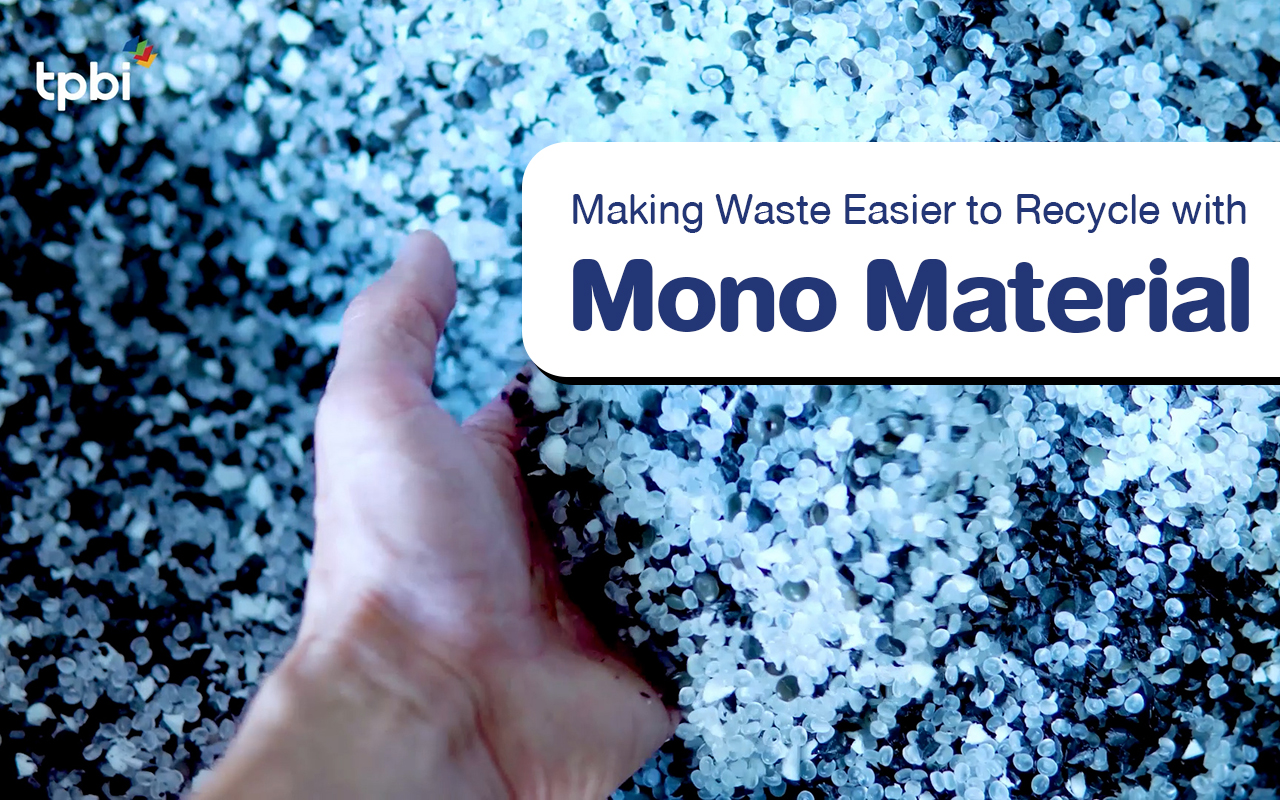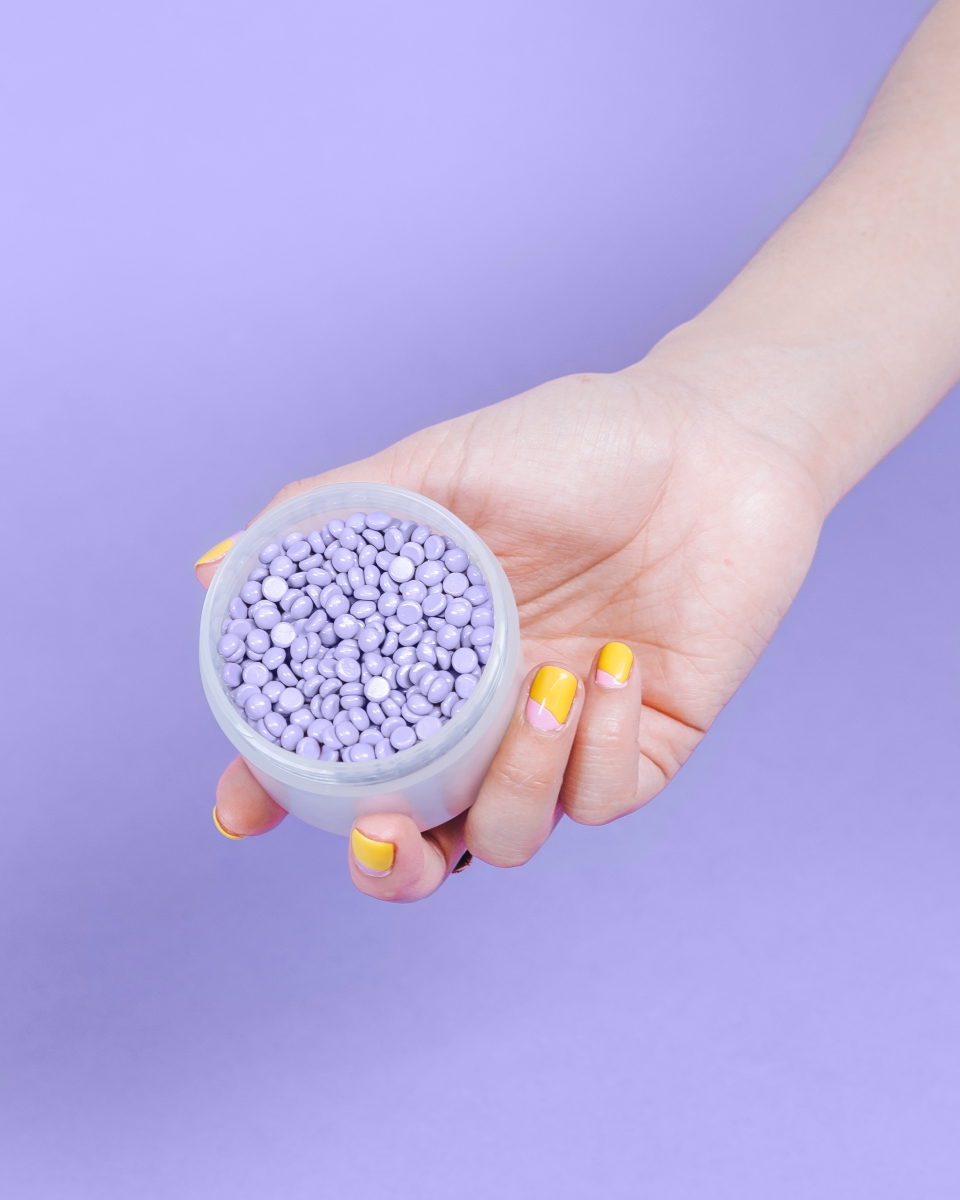
Transform Waste into Easy-to-Recycle Materials with Mono Material
Nowadays, packaging for consumer products—such as snack bags, frozen food packaging, ready-to-eat meals, rice bags, and cleaning product pouches—has become an essential part of daily life. These packaging solutions cater to fast-paced lifestyles by offering convenience and ease of use. As modern life grows increasingly hectic, people rely more and more on ready-to-use packaging for everyday consumption. However, to protect products from air, moisture, temperature changes, and to preserve their quality and safety, such packaging is often made by combining multiple layers of different materials. This multi-material construction provides the desired functional properties but also results in a significant drawback: it makes the packaging difficult to recycle effectively. Consequently, large volumes of such waste are generated, creating serious challenges in waste management and environmental sustainability.
Shocking statistics show that only 9% of plastic waste worldwide can be recycled*. This figure reflects an increasingly severe environmental crisis. The remaining 91% of waste, consisting of multi-layered materials such as foil-coated plastic or plastics with different material layers, is typically disposed of in landfills or incinerated, which is a significant cause of environmental pollution in soil, water, and air, affecting ecosystems and human health in the long term.
One effective solution to this problem is Mono Material Packaging, or packaging made from a single type of material. This innovation is designed to enter the recycling process more easily, eliminating the need for complicated and energy-consuming material separation processes. It helps reduce non-biodegradable waste, lowers greenhouse gas emissions, and promotes a Circular Economy that focuses on efficient and sustainable resource use.
Examples of Mono Material Applications in Various Industries
- In the food packaging—such as shrink film for bottled water, frozen meals, or ready-to-eat products can be made from mono materials. These solutions make it easier to sort, recycle, or return the materials to the production cycle.
- For non-food products—such as shopping bags, refill pouches for household liquids, shampoo bottles, and overwrap film for retail or logistics. They are also applied in industrial settings for products like fertilizer bags, raw material sacks, or plastic used in furniture. All these can be designed using a single type of material to ensure they’re easier to recycle.

Recognizing the worsening environmental crisis, TPBI, as a leading packaging manufacturer, places great importance on developing packaging that is easier to recycle and is committed to promoting Mono Material Packaging to help reduce waste and increase recycling opportunities. This is being achieved through several strategic approaches:
- Collaborating with partners to research and develop Mono Material packaging innovations that are tailored to the specific characteristics of their products while genuinely reducing environmental impact. This includes sharing knowledge and technology, as well as establishing joint standards for the development of sustainable packaging solutions.
- Developing Mono Material packaging solutions such as bags and films made from 100% PE or PP that maintain protective properties and performance comparable to multi-layer packaging but are much easier to recycle.
- Promoting environmentally friendly materials to make packaging easier to recycle, reducing harmful additives, and increasing compatibility with existing waste management systems.
With unwavering commitment to developing environmentally friendly innovations, TPBI is ready to lead the push toward a Circular Economy and reduce the amount of non-recyclable plastic waste. We believe that small changes today will have a tremendous impact on our world in the future, creating a more sustainable future for the packaging industry and our environment, according to our vision: Think Circular, Think Sustainable.
*Source: https://blog.cleanhub.com/how-much-plastic-is-recycled




